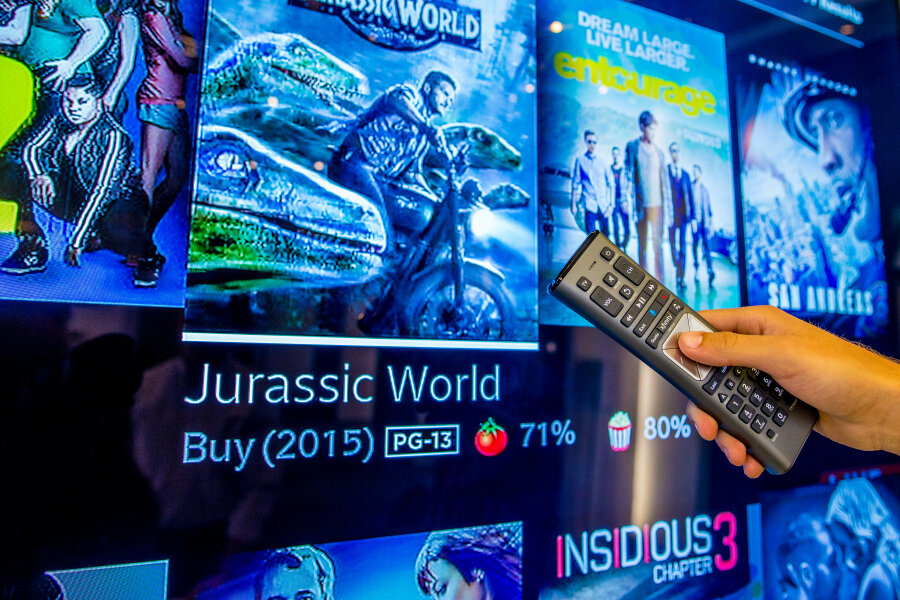With 'Unlock The Box' vote, FCC aims to improve cable TV setups
Loading...
The cable box may be at the heart of most living-room TV setups, but it’s not particularly beloved. Ninety-nine percent of cable TV subscribers rent a box from their cable provider and learn to live with the clunky interface and slow navigation. After all, they haven’t had much of a choice.
This week, the Federal Communications Commission voted on rules that, if finalized later this year, would pave the way for customers to access cable TV through a better third-party cable box – or through no cable box at all.
"When consumers connect to a pay-TV service they should have the same ability to choose their equipment, just as they do when signing up for phone service,” FCC Chairman Tom Wheeler wrote in a statement accompanying the proposal.
The premise of the FCC’s argument, supported by the three Democratic commissioners and dissented from by the two Republican commissioners, is that cable companies’ monopoly in the living room has led to boxes that are poorly designed and don’t serve the needs of customers. The boxes aren’t cheap, either: Commissioner Mignon Clyburn noted that pay TV customers spend more than $200 each year, on average, in cable box rental fees. (Since 1998, customers have had the ability to rent cable cards and install them in third-party cable boxes, but the process is difficult and poorly advertised, and less than 1 percent of customers do so.)
The FCC’s vote sets the stage for customers to be able to choose a cable box from their provider, to purchase a different box from a third party such as Google, or even to use a cable system that may be built right into their TV. This kind of competition, the supporting commissioners argued, will lead to better choices for consumers and reduced rental fees. It could also let traditional programming live alongside online video services such as Netflix, without the need for separate boxes to control the different sources.
Critics of the vote, however, worry that the new rules could allow third parties to insert their own advertising into programming. And the two Republican commissioners argued that the rules could actually force more cable boxes on customers.
“In order to carry out the [technical] standards called for in this Notice, [multichannel video programming distributors] would probably have one of two options,” Commissioner Ajit Pai wrote in his dissent. “First, they could make substantial changes to their network architecture. Or second, they could provide each customer with an additional box.”
Wheeler pushed back on this argument, noting that the rules don’t require cable companies to develop any new architecture, but rather to share TV listings and programming information with other companies to allow them to develop their own cable boxes, or to integrate cable functions into existing hardware.
As the thinking goes, this kind of information sharing will lead to competition in the living room, which will in turn lead to the demise of the slow, expensive cable boxes we’ve known for so long.








